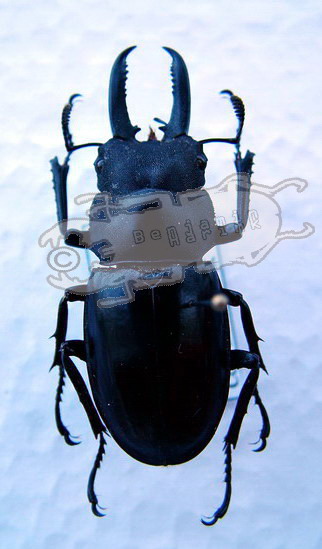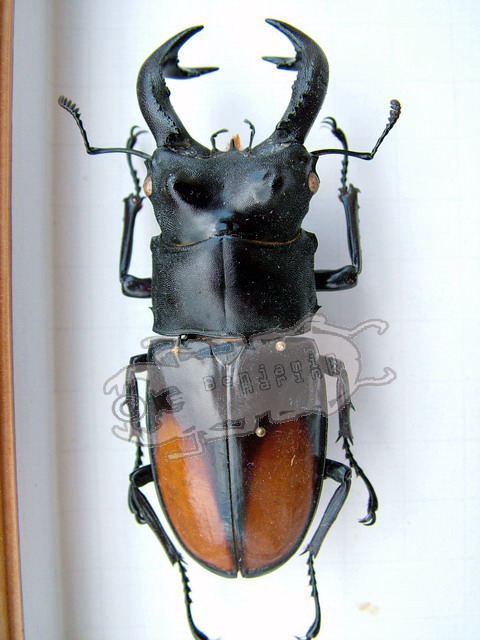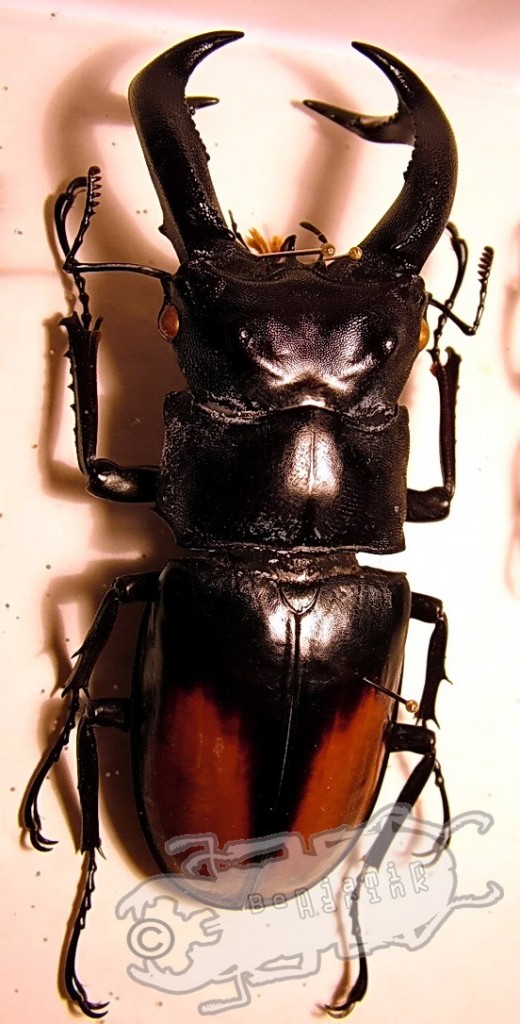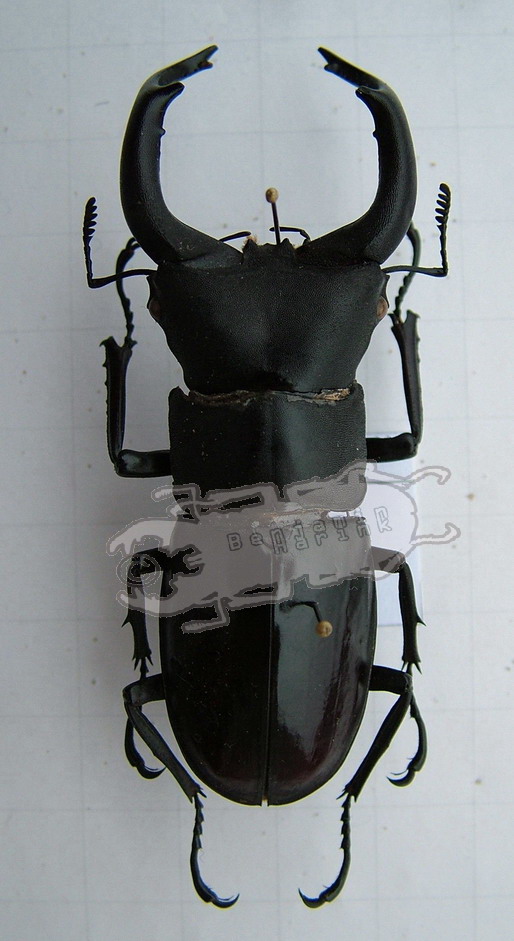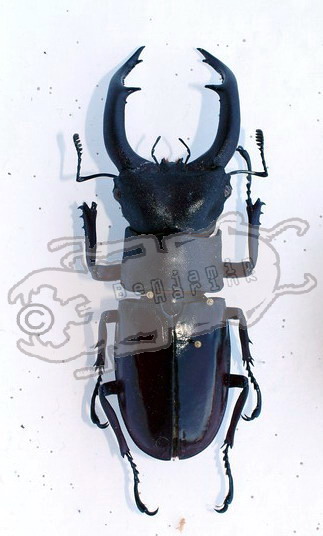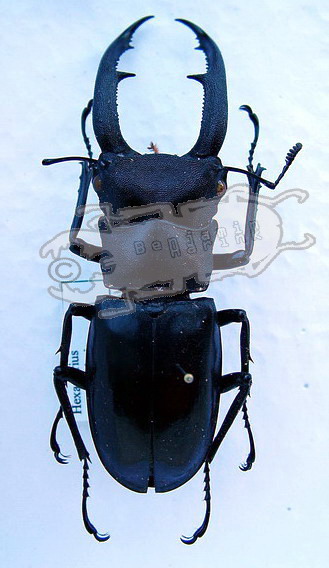
Time to update on one of my favorite South Indian Lucanidae species. Partially, because I had observed them in the wild over several years, and will probably never forget my joy and excitement when I found my first male in the area of Kodaikanal in Tamil Nadu, South India. Hexarthrius davisoni is the Southernmost Indian […]
READ MORE »

